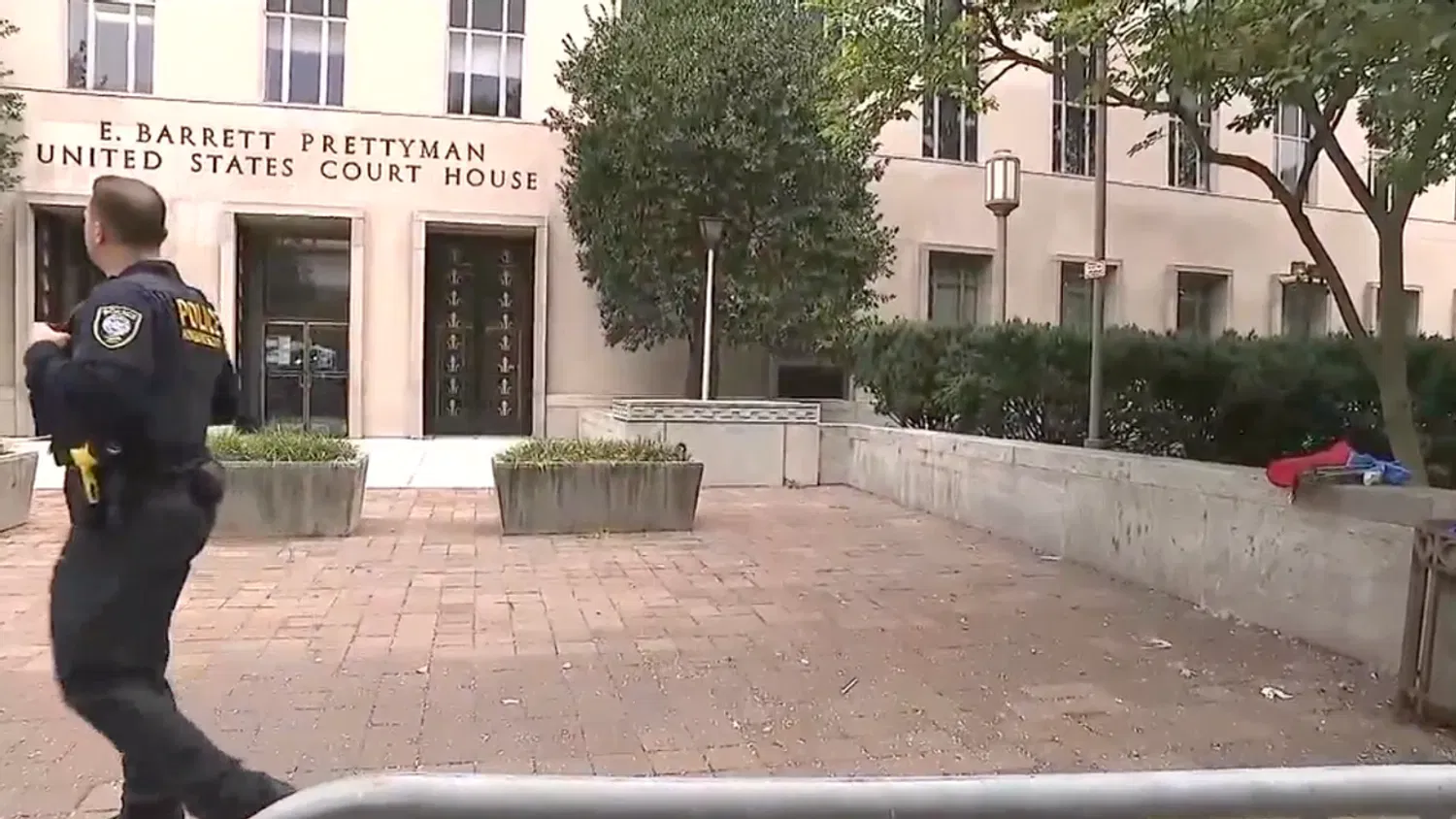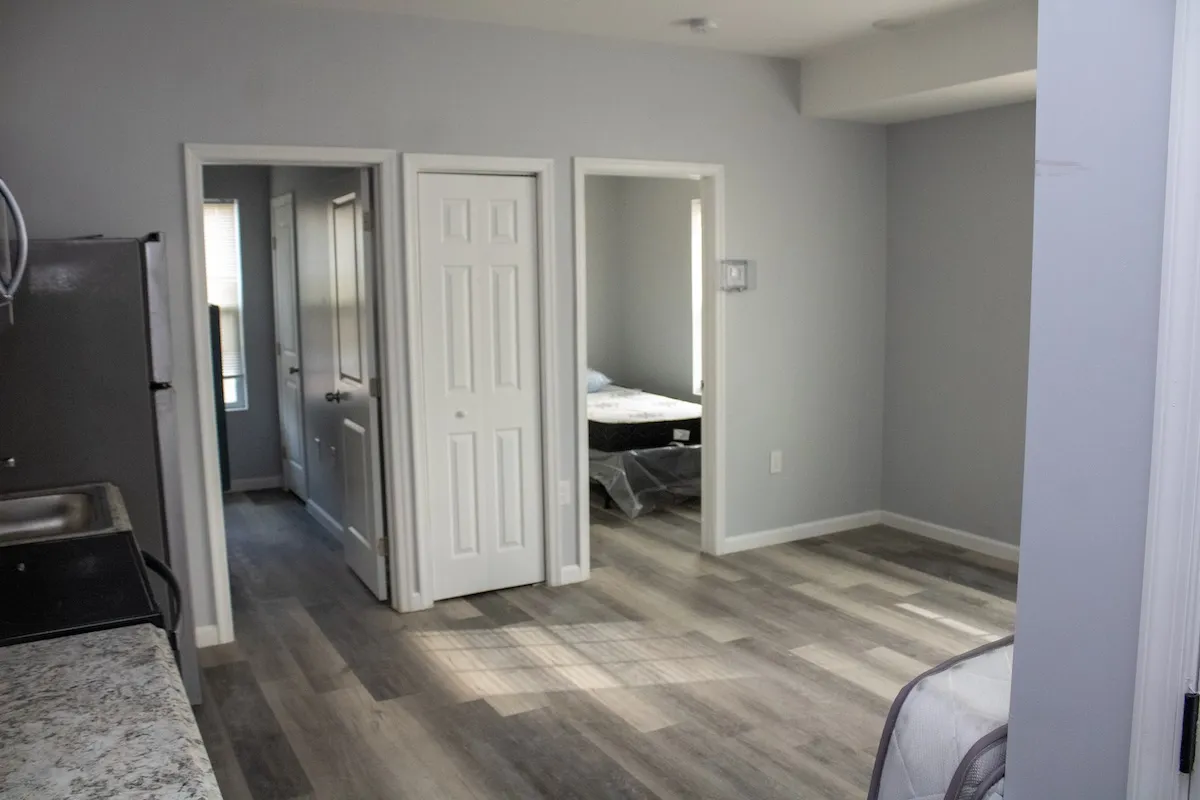Washington, DC, US: In response to ongoing housing affordability challenges, federal and state agencies have launched a new round of $1,000 housing assistance grants aimed at helping low- and moderate-income renters cover emergency housing expenses. This one-time grant program seeks to provide a financial cushion for individuals and families facing sudden income loss, unexpected medical bills, or other crises that put them at risk of eviction or homelessness.
Who Is Eligible?
The emergency assistance grants are targeted at renters who meet the following general criteria:
-
Household income at or below 80% of the Area Median Income (AMI).
-
U.S. citizen or qualified non-citizen.
-
Currently renting or leasing a property as their primary residence.
-
Experiencing a documented hardship such as job loss, reduced work hours, medical emergency, or other unforeseen expense.
Some states and local jurisdictions may tighten or expand these guidelines. For example, in certain high-cost areas where AMI thresholds are higher, applicants earning up to 100% AMI may qualify. Applicants are encouraged to review their local emergency assistance agency’s rules.
What Expenses Are Covered?
The $1,000 grants can be applied toward:
-
Past-due rent to prevent eviction notices.
-
Utility payments (electricity, gas, water) when shut-off is pending.
-
Security deposits or last month’s rent for relocation to more stable housing.
-
Essential moving costs, including truck rental and related fees.
Funds must be used on eligible expenses within 60 days of approval. Recipients will receive one-time direct payment to the landlord, utility provider, or moving company on their behalf.
How to Apply
-
Locate Your Local Administrator
Each city or county has a designated agency overseeing emergency housing assistance. Applicants should visit their municipal housing authority website or call the county human services hotline for details. -
Gather Required Documentation
-
Proof of income (pay stubs, unemployment award letter, benefits statement).
-
Lease or rental agreement.
-
Documentation of hardship (termination notice, doctor’s letter, bills).
-
Photo ID and Social Security numbers for household members.
-
-
Complete the Application
Most jurisdictions offer both online and paper applications. Online portals guide you through uploading documents, while paper forms can be submitted by mail or in person. -
Await Approval
Typical processing times range from 10 to 30 days. Applicants will be notified by mail, email, or phone. Expedited review may be available for those facing imminent eviction or utility shut-off. -
Receive Payment
Once approved, funds are disbursed directly to service providers. Recipients will receive confirmation of payment and any instructions for further support services.
Tips for a Strong Application
-
Submit all required documents at once—missing paperwork delays approval.
-
Include a concise hardship narrative explaining how the crisis impacts your housing stability.
-
If applying online, double-check file uploads for legibility and completeness.
-
Follow up with the administrator’s office if you haven’t heard back within two weeks.
Additional Resources
While the $1,000 housing assistance grant can provide critical short-term relief, applicants in need of ongoing support may qualify for:
-
Section 8 Housing Choice Vouchers
-
Public housing programs
-
State and local rental subsidy initiatives
-
Nonprofit emergency rental funds
Many community action agencies and local nonprofits also offer case management, financial counseling, and job placement assistance to help families regain stability and avoid repeated crises.
Impact and Outlook
Housing experts warn that small emergency grants, although vital, only scratch the surface of America’s housing affordability crisis. In many metropolitan areas, even with the one-time $1,000 boost, rental costs and utilities continue to rise faster than wages. Advocates are calling for:
-
Expanded funding to increase grant amounts and cover additional months.
-
Inclusion of mortgage assistance for homeowners facing foreclosure.
-
Streamlined application processes to reduce bureaucratic barriers.
Federal lawmakers are debating supplemental appropriations to bolster the emergency rental assistance fund. Meanwhile, states are adapting their programs to reflect local needs. Eligible renters are urged to apply promptly—funding is limited and distributed on a first-come, first-served basis.
Conclusion
For renters grappling with sudden financial hardships, the new $1,000 housing assistance grant offers timely relief to keep families housed and utilities on. By understanding eligibility criteria, gathering documentation, and submitting a thorough application, renters can access the support they need to weather unexpected crises. As this program rolls out across the nation, it underscores a growing commitment to preventing homelessness and maintaining housing stability for vulnerable households.














Leave a Reply